Washing powder consumption per 1 kg of laundry in an automatic washing machine
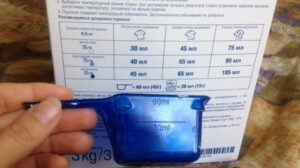 Some people, when loading things into the drum, do not even think about the consumption of washing powder per 1 kg of laundry when washing in an automatic washing machine. Pour in as many granules as will fit into the tray compartment, and calmly start the cycle. However, this approach cannot be considered correct. If you use too much detergent, it will not be rinsed out of things, and streaks will remain on the fabric. In addition, excessive foaming is dangerous for the machine itself and can cause equipment failure. Let's figure out how much powder is required per cycle and how to calculate the dosage.
Some people, when loading things into the drum, do not even think about the consumption of washing powder per 1 kg of laundry when washing in an automatic washing machine. Pour in as many granules as will fit into the tray compartment, and calmly start the cycle. However, this approach cannot be considered correct. If you use too much detergent, it will not be rinsed out of things, and streaks will remain on the fabric. In addition, excessive foaming is dangerous for the machine itself and can cause equipment failure. Let's figure out how much powder is required per cycle and how to calculate the dosage.
How much detergent do you need?
If you pour a lot of powder into the cuvette of the machine, soap stains will remain on the fabric, and undissolved granules will settle on the inside of the machine. Moreover, things do not stretch, stains will still show off on the material. When calculating the dosage of a cleaning agent, you need to compare the weight of the laundry being loaded, the intensity of its contamination, the temperature and duration of the cycle, and the hardness of the water.
Calculating the optimal dosage may seem difficult at first. Then, once you get used to it, this procedure will not cause difficulties. So, let's figure out how much powder is needed for different types of washing.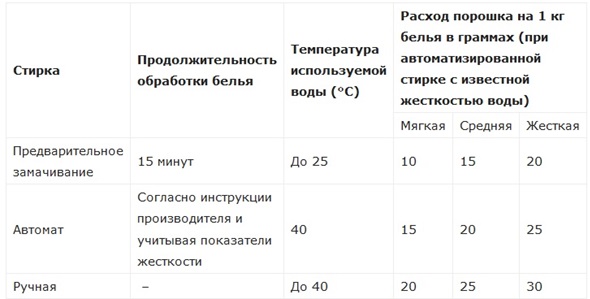
- Prewash. The laundry “spins” in the drum for about 15 minutes, the temperature usually does not exceed 25°C. Powder consumption will greatly depend on the quality of tap water. If it is soft, it is 10 grams per 1 kg of products, medium and hard - 15 and 20 grams, respectively.
- Basic automatic cycle. Here, the laundry processing time will vary depending on the selected mode.So, at a washing temperature of 40°C, it is enough to add 15, 20 or 25 grams of dry granules per 1 kg of clothes, respectively, with soft, medium and hard water.
- Handwash. With such cleaning, there is a greater consumption of detergent. If the water is soft, 20 grams of powder per 1 kg of laundry is enough. When the liquid is of medium hardness – 25 grams. When tap water is too hard – 30 grams.
You should focus on the average powder consumption when washing items without stubborn stains.
If there are stubborn stains on the laundry, the amount of detergent loaded into the cuvette will have to be increased. In addition, additional treatment of contaminated areas with stronger compounds may be required.
The presence of impurities in the water and stubborn stains
The easiest way to understand how much granules to put in a cuvette is to read the information on the packaging. The manufacturer indicates which dosage will be optimal for different washing parameters. For example, the recommended consumption of most powders from the mass market (Tide, Dosya, Persil, Myth, Ariel, Sorti, Ushasty Nyan) is as follows:
- if the laundry is slightly soiled - 150-200 grams per cycle;
- for heavily soiled items – 225-250 grams of granules.
When the water is very hard, detergent manufacturers advise adding another 20 grams of powder to the “norm”.
It is necessary to take into account the information on the packaging, but still you should not follow it unconditionally. It is clear that the manufacturer deliberately increases the standard - this way the product will run out faster, which means the person will go to the supermarket again for a new pack. During various experiments, it was found that when washing, it is enough to add 25 grams of powder per 1 kg of laundry. So, if 5 kg of things are loaded into an automatic machine, it is enough to put 125 grams of powder into the cuvette. As you can see, this is less than the “norm” recommended by manufacturers of household chemicals.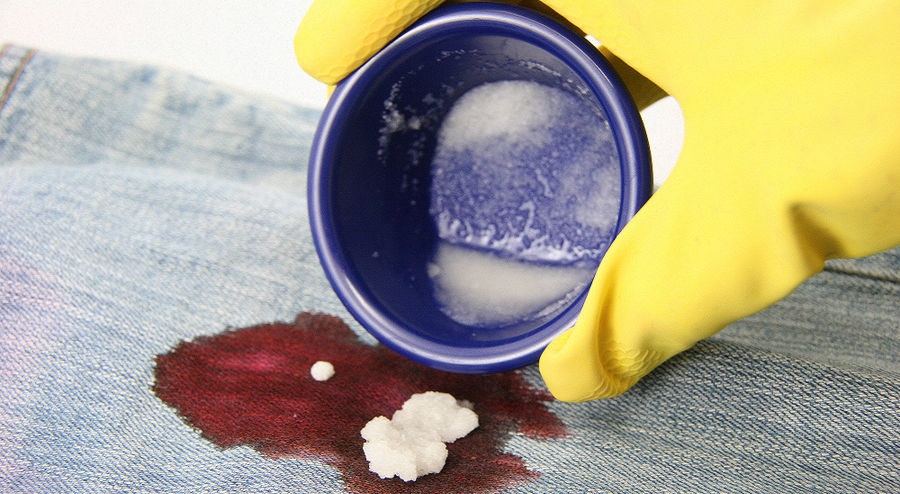
If there are stubborn stains on clothes, it is advisable to treat them with a special product before putting them into the machine. An increased “dose” of powder will not solve the problem - such contaminants must be removed even before loading the item into the washing machine. You can treat a separate section of the fabric with stain remover and wash it by hand. To make the machine “eat” less powder per wash, it is better to add 2 tablespoons of soda to the cuvette. It will soften the water and allow the granules to dissolve better. It is prohibited to use sodium bicarbonate when cleaning wool and silk products.
New technology reduces powder consumption
Modern automatic machines are able to provide better laundry cleaning with less powder consumption. This technique helps save detergent, water and kilowatts. We are talking about washing machines with Eco Bubble technology or the option of steam treatment of fabrics.
In Eco Bubble machines, the detergent “disintegrates” in water instantly, under the influence of automatically generated bubbles. Due to this principle, not a single granule remains that does not dissolve. The foamed powder quickly penetrates fabric fibers, removing stubborn stains.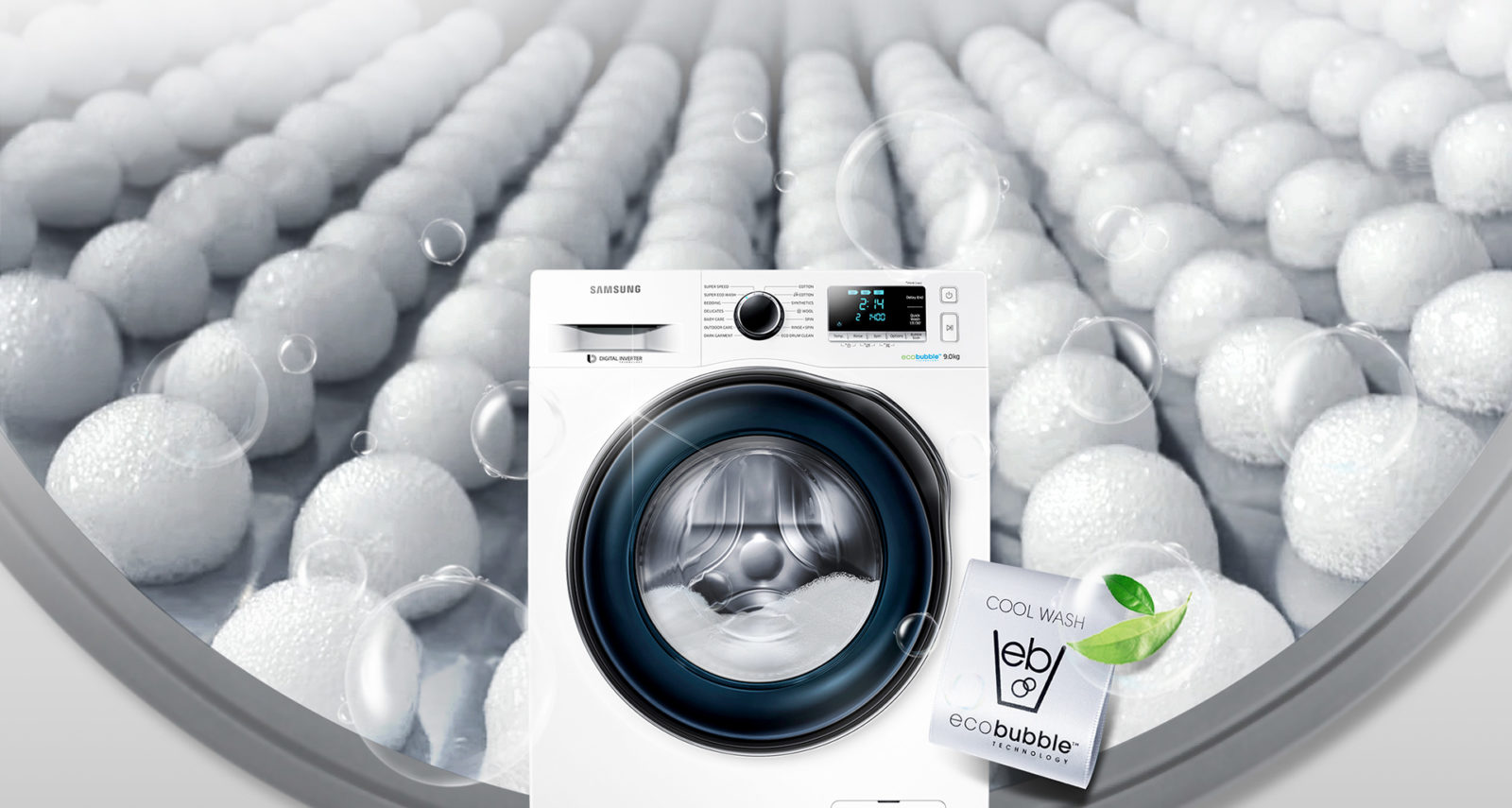
Steam technology also provides effective stain removal while minimizing the consumption of laundry granules. Steam helps ensure that the product is completely dissolved in water. In such a situation, there is no need to pre-wash the item or additionally use an expensive stain remover. Here are several modern automatic machines that have the functions described above:
- Samsung WF1802XEC – “front-facing” for 8 kg of laundry. Thanks to bubble washing technology, less detergent consumption is achieved. Another advantage is the ceramic heating element. This coating protects the heating element from scale.
- LG F12U2HCS2. This model contains steam processing technology. Maximum loading weight – 7 kg. There is an auto-weighing function.
- Daewoo DWD-UD2413K is another full-size front-facing machine for 10 kg of items with bubble washing technology.
When choosing a new machine, it is better to pay attention to models equipped with a laundry auto-weighing sensor, with a steam processing function or Eco Bubble. This technique will allow you to save money. Not only the consumption of powder will be reduced, but also water and electricity.
How much gel do you need?
If you are using a liquid cleaner, you will have to measure it a little differently. Manufacturers indicate on the pack that 75-100 ml of the composition is required per cycle. However, independent experts came to the conclusion that this “dosage” is too high. On average, 1 tbsp is enough for washing. spoons of gel, if the water is very hard, the amount of composition can be doubled.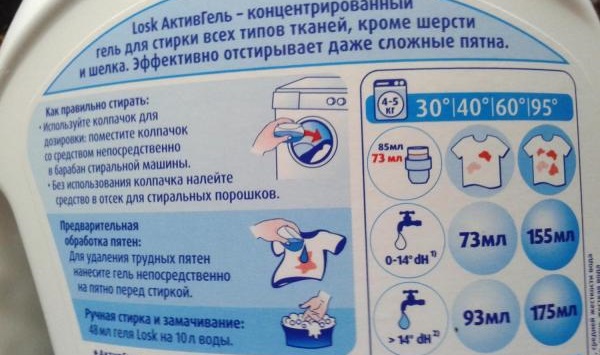
It is simply pointless to pour more than two spoons of the product. This will not make things fresher, but the machine may break due to excessive foaming. Therefore, in this case there is no point in thinking “the more, the cleaner.”
Interesting:
Reader comments
- Share your opinion - leave a comment

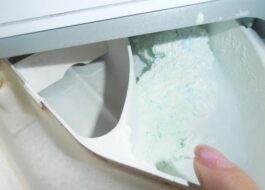

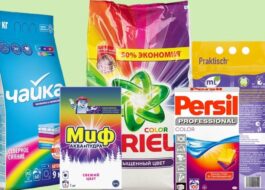
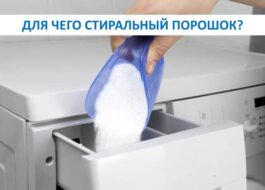
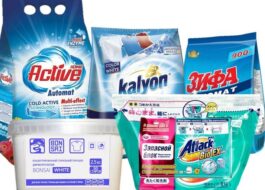
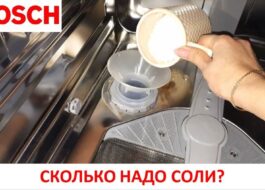














Add a comment